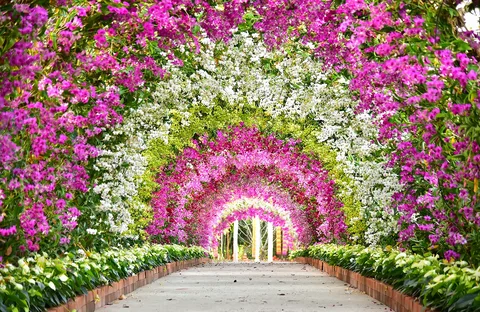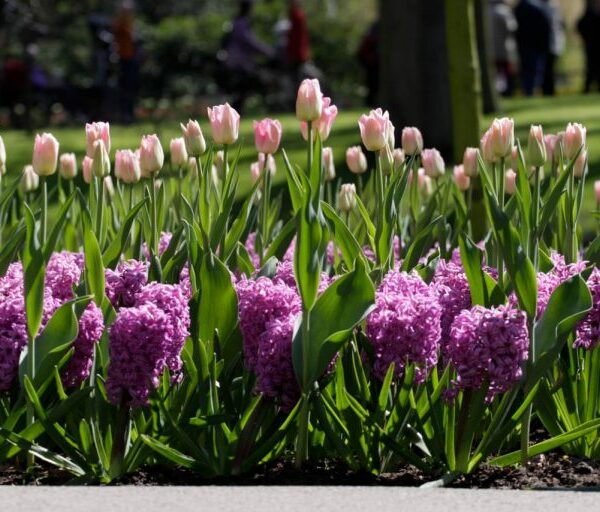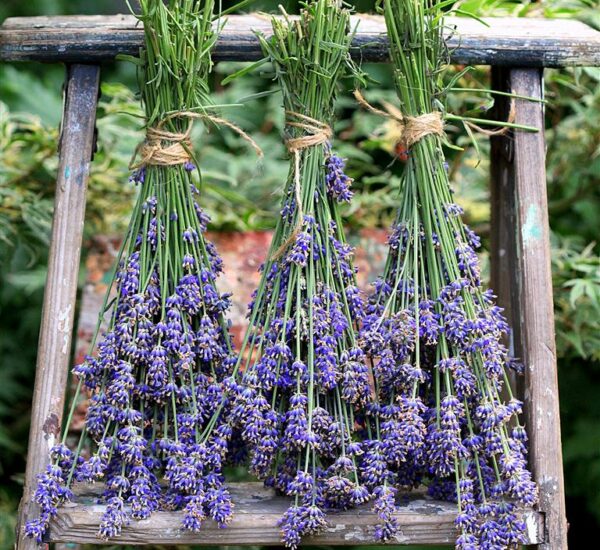Snowdrops, scientifically known as Galanthus, are delicate and charming perennial flowers that signal the arrival of spring with their dainty white blossoms. Cultivating these early bloomers requires a thoughtful approach to ensure their beauty graces your garden year after year. In this expert guide, we’ll provide comprehensive instructions on how to grow Snowdrop flowers successfully, referencing information from reputable government bodies, horticultural organizations, and academic experts.
Introduction to Snowdrop Flowers
Snowdrops are petite, bulbous flowers that thrive in late winter to early spring. Their early bloom and resilience make them a beloved addition to gardens.
Selecting the Right Snowdrop Variety
Consult local horticultural experts or the United States Department of Agriculture (USDA) plant hardiness zone map to determine the Snowdrop varieties suitable for your region. Varieties can differ in size and flowering time.
Choosing the Ideal Planting Location
Snowdrops prefer partial to full shade. Select a location with well-drained soil, as they don’t tolerate waterlogged conditions.
Planting Snowdrop Bulbs
Follow these steps when planting Snowdrop bulbs:
Timing
Plant bulbs in early autumn, before the ground freezes, allowing them time to establish roots.
Depth
Plant bulbs about 2 to 3 inches deep, spaced 3 to 4 inches apart.
Watering
Water the bulbs well after planting to encourage root development. Provide supplemental water if there’s insufficient rainfall.
Proper Care and Maintenance
To ensure robust Snowdrop growth:
Mulching
Apply a layer of mulch to protect the bulbs during winter and retain moisture.
Fertilization
Snowdrops don’t require heavy feeding, but you can apply a balanced, slow-release fertilizer in early spring if the soil lacks nutrients.
Pest and Disease Management
Snowdrops are generally pest-resistant, but they can occasionally face issues like slugs or fungal diseases. Consult the National Plant Board and the American Horticultural Society for guidance on identifying and managing potential problems.
Naturalizing Snowdrops
Snowdrops can be left to naturalize over time, forming clumps. They can be gently divided after several years to create more plants or share with fellow gardeners.
Resources for Further Information
For comprehensive knowledge and expert advice on growing Snowdrop flowers, explore resources from horticultural experts and institutions, including:
United States Department of Agriculture (USDA)
www.usda.gov
Agricultural Cooperative Extension
Contact your local extension office for personalized guidance and resources.
- Best THC Sodas to Buy in Arkansas - May 28, 2025
- Exploring THC-Infused Sodas in Arkansas - May 28, 2025
- THC Beverages Now Trending in Alabama - May 28, 2025




